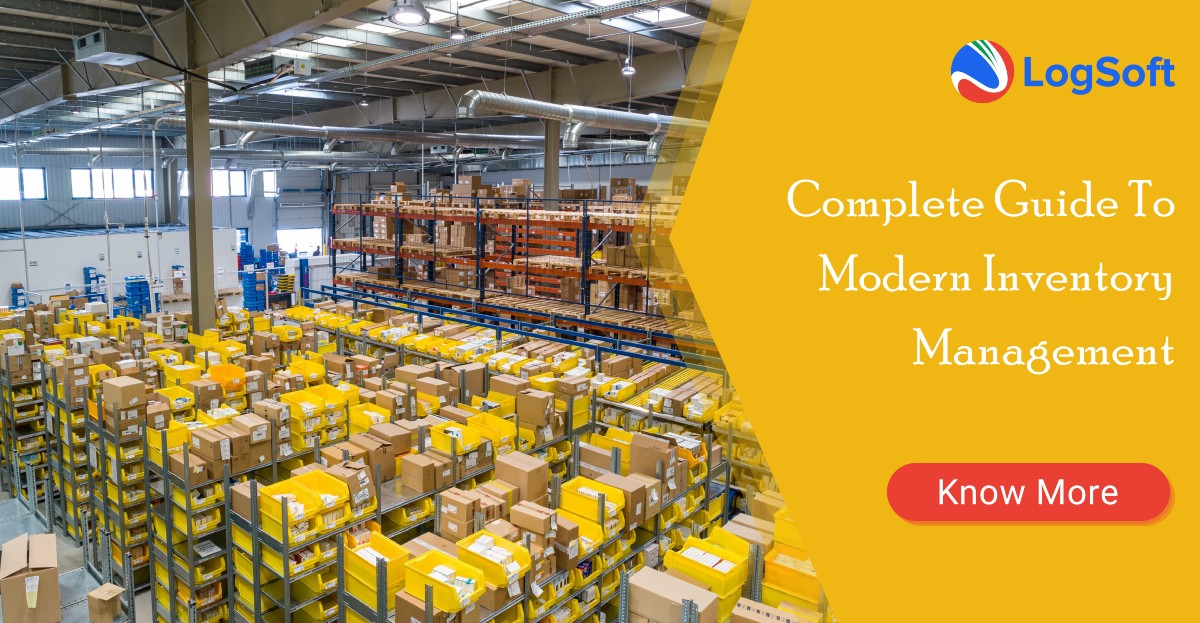A well-organised retail business ensures it has efficient inventory management in place and employs the best practices to achieve efficiency in the supply chain and is highly efficient operationally.
Inventory management is a crucial link in the supply chain, as it involves sharing data with other suppliers.
Importance of inventory management
Inventory management involves tracking the quantity of goods moving in and out of your warehouse to ensure you can meet the market demand.
While many companies might have been more prone to using manual tracking methods, Covid-19 has created an urgent need to shift towards using digital solutions like pallet management systems that make tracking easier and give you more control of your supply chain.
Manufacturers embracing digital transformation use inventory management software and pallet management systems to organize warehouses and distribution centres.
When inventory is well managed, the rest of the supply chain operates more seamlessly with fewer unexpected setbacks. However, when it’s disorganized, all kinds of errors can occur, such as shipping products to the wrong location or ending up with overstocked low-demand supplies or out-of-stock high-demand supplies.
Greater Storage Efficiency
One major thing a retailer or wholesaler needs to think about is warehouse storage management to achieve better storage efficiency.
Some manufacturers may have multiple warehouses, in such a case, to operate most efficiently one has to know where to locate specific products and the movement of the products through the supply chain to ensure the shipping process is more agile and seamless.
A pallet management system allows you to track and manage all your vendors and services on a single platform, from customer stocks to warehouse inventory and helps you plan, track and view the movement of all your containers from one single application, allowing you to manage your warehouse inventory effectively.
It’s crucial to bring redundant warehouse processes under control, which can be achieved with an inventory management platform. Redundant processes that create wasteful production costs can be eliminated when you deploy a digital database that tracks inventory, storage locations, and employee schedules in a centralized place.
Inventory Management Techniques
Economic Order Quantity
Warehouses can implement a variety of inventory management techniques to make their supply chain more efficient.
Economic order quantity (EOQ) is a formula that generates the ideal number of units a company should order for each product.
The variables for determining the right amounts to order include production costs and demand. EOQ is used to reduce bulk costs, as it seeks to determine the maximum units to purchase that will create the most space availability and overall efficiency.
Minimum Order Quantity (MOQ)
MOQ is the inverse of EOQ – it seeks the lowest amount of unit volume for inventory due to its limited demand. MOQ is common for products that cost more to manufacture to have a smaller MOQ than lower-cost items.
Dropshipping
Dropshipping is an attractive fulfilment method due to its low risk for entrepreneurs who mainly need to maintain a low-cost website that generates leads. A third-party shipping method is used by online businesses that mostly showcase merchandise digitally and handle online transactions for orders fulfilled by another entity such as the manufacturer.
Consignment Inventory
In this technique of inventory management, the consigner still owns the inventory until a purchase is made.
However, instead of purchasing inventory upfront, a wholesaler or vendor deals with retailers that allow stores to showcase or hold goods at no cost.
Just-In-Time (JIT) Inventory
JIT is an effective strategy for arranging raw material orders according to production schedules and also avoids allowing deadstock to build up, which takes up costly space. This method not only cuts inventory costs but also provides supplies on an as-needed basis.
Safety Stock Inventory
Safety stock inventory is used during a shortage or when an item is expected to sell well. Wholesalers may use this method to offset incorrect forecasting or unexpected shifts in demand.
This method provides a surplus of products when needed to meet demand. A great example of this would be hospitals and retail supermarkets stocking up on essentials during the covid-19 pandemic.
FIFO (first in, first out) and LIFO (last in, last out)
Both of these methods are valuable for figuring out inventory costs. FIFO is based on selling older inventory first, while LIFO emphasizes the selling of newer stock first.
Perpetual Inventory Management
It’s the most commonly-used inventory method because it can be done digitally or with pen and paper. This method involves counting shipped units as they come in.
Batch Tracking
Putting various similar items in a group called a batch is commonly used for quality control purposes in inventory. This method is ideal for monitoring when inventory items expire or identifying defects within the same batch.
Lean Manufacturing
Lean management practices lead to more efficient production and waste reduction. The concept of lean production is spreading across all industries as a path to sustainability or minimalism.
Six Sigma
Motorola developed this process in the eighties, then General Electric in the nineties. This method involves tracking concepts and tools focused on standardization and business flow to improve revenue while decreasing excess inventory.
It helps nurture management talent and provide hands-on management experience while tracking DMAIC (define, measure, analyze, improve and control) data.
Cross-docking
In cross-docking, no or minimal inventory is stored as items are moved from one truck to another. Incoming truckloads are merely transferred to another vehicle, which is evident when items from a large retail truck are moved to another vehicle at one of the brand’s distribution centres.
Bulk Shipping
This inventory technique relates to cutting costs when massive metric tonnes of cargo is shipped. The shipment in this method is usually measured according to volume as the three main steps are unloading, storage and loading.
Demand Forecasting
Demand forecasting is based on analyzing historical customer sales data or other information on trends to ensure enough stock is available to meet short-term demand.
Retailers often use this common management technique for estimating product popularity.
The most effective way to optimize and improve your inventory management is to set visibility and organization goals.
It requires investing in intelligent technology and carefully managing inventory software. You should consider investing in digital technologies like pallet and container management systems for successful inventory management.


